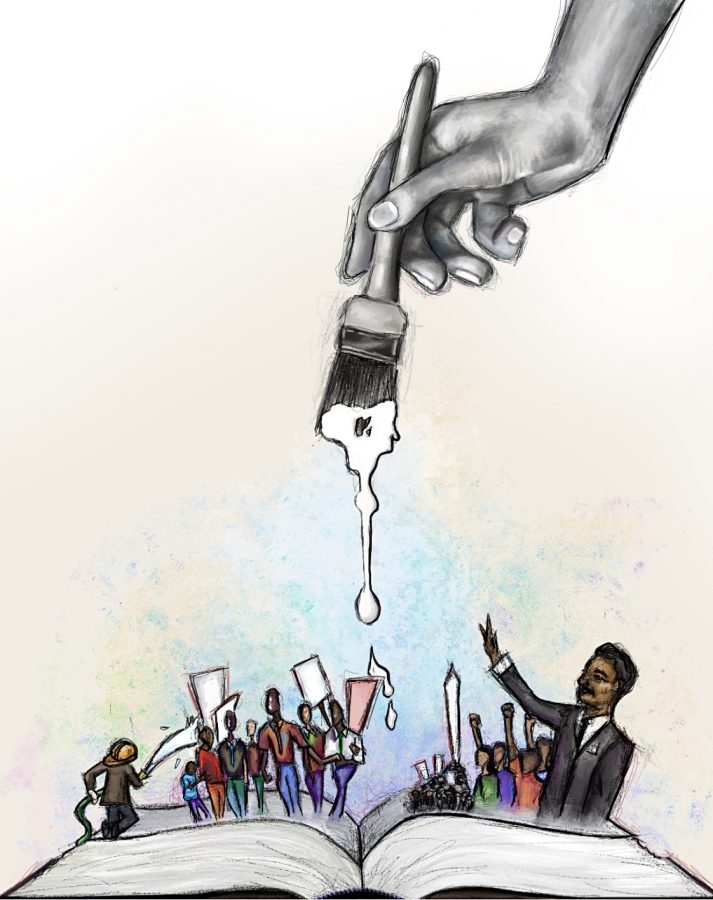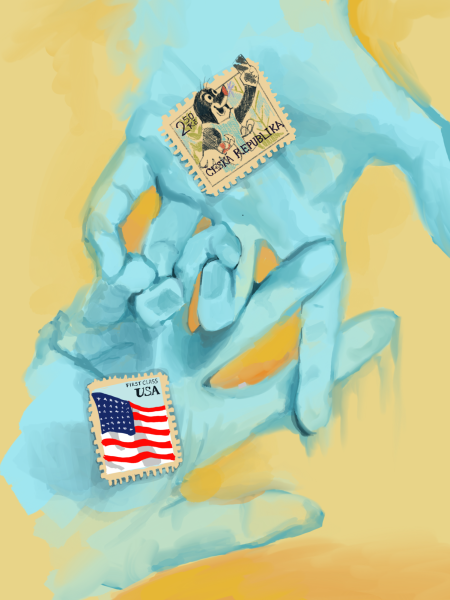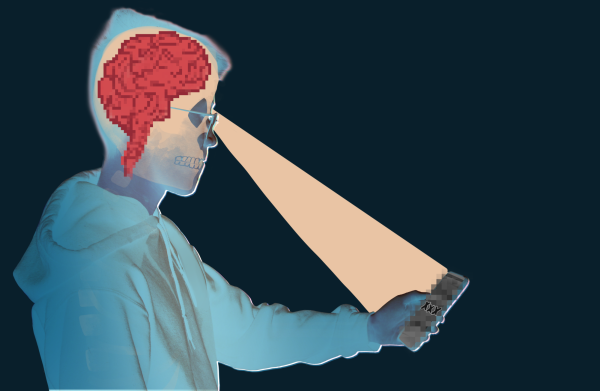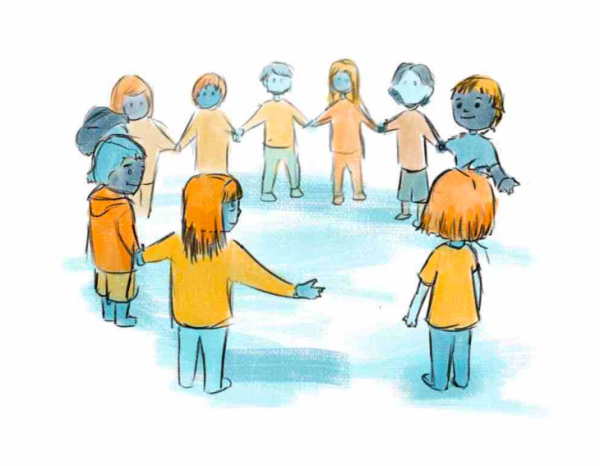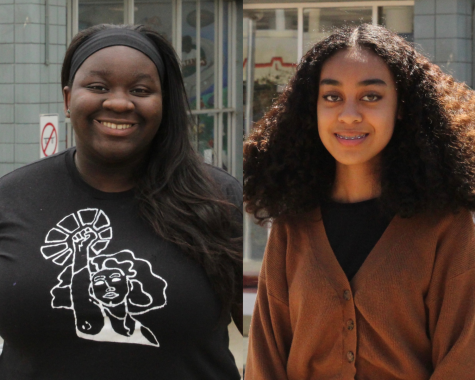Who was the real MLK? The misteaching of civil right leaders
A few months ago, The Washington Post published an article highlighting historical revisionism concerning slavery in school textbooks. One particular example stood out: a specific passage taken straight from a Virginian textbook read, “It cannot be denied that some slaves were treated badly, but most of them were treated with kindness. A feeling of strong affection existed between masters and slaves.” Understandably appalled at the thought of their children being fed a wildly inaccurate version of American history, teachers and parents began calling for a reexamination of curriculums. Historical revisionism at the time appeared so obvious to spot, and many assured themselves that they’d never fall for inaccurate narratives. Of course, many hadn’t and still haven’t batted an eye at other revisionist narratives being pushed: most commonly, the distorted version of Martin Luther King that lives in all of our heads. Our version of Dr. King didn’t see color. He didn’t ask for reparations. He loved everybody. He advocated for peace above all other things.
He also wasn’t real.
For so long, the American education system has fed students selective, deceptive narratives of many civil rights leaders’ legacies. They’ve been rebranded into consensual, agreeable peacemakers, rather than the provocative, abrasive pinnacles of radical sentiment that they were. We’re told that Dr. King’s work started and ended with racial peace, but his lengthy legacy has been carefully cherrypicked, omitting crucial parts and misrepresenting others. This form of deceptiveness has gone on for far too long. Teaching students shallow, one-sided accounts of historical figures robs them of the ability to absorb new perspectives, learn from history, and use it to construct a more equitable future.
It’s important to note that many revolutionaries, including Dr. King, were not popular. We’re taught an agreeable version of King, not recognizing that he used to be widely labeled as disorderly, anti-American, and too radical (both The Washington Post and The New York Times regularly bashed his calls for a halt to American colonialism worldwide). According to a 1968 Harris poll, he had a disapproval rating of around 75 percent. The FBI deemed him a dangerous “communist,” his daily activities, phone calls, and conversations were monitored by U.S. officials for years. The government’s portrayal of him as an inflammatory criminal shouldn’t be forgotten. And yet none of this is taught. Rather than shine a light on the ways the U.S. has come up short on its promise of “life, liberty, and justice” that King had fought for, the brilliance of his work has been used to not only tear down current movements he would have stood behind, but his own radical work as well. For example, figures such as Republican Joni Ernst feel justified in writing Twitter tributes dedicated to King on MLK day, then turning around and claiming that systematic racism doesn’t exist. If many had been educated from the start on the real legacy of King, conservatives and liberals alike would be publicly bashing him like they do other left-leaning figures.
Better In Lowell classrooms, the implemented curriculum drains King’s legacy of all its radicalism, in favor of watering him down to a generic symbol of equality and kindness. Although there is a section devoted to hm in the popular AP-level textbook AMSCO Advanced Placement Edition: United States History, which is used in classes such as AP U.S. History, the complexities of his work are entirely absent. Yes, he fought against segregation, but Martin Luther King’s other dream of sorts was to see the liberation of poor, working-class people suffering under the American system. He split his campaign into two phases, the first of which was the goal of legally ending segregation, which materialized in 1964 with the Civil Rights Act. Many expected the movement to fade away soon after, but King wasn’t done: “We are now in a transition period…moving into a new phase of the struggle.” This new phase focused on solving the “three evils of racism, economic exploitation, and militarism.” In King’s eyes, poverty was a byproduct of capitalism, a system that was “built on the exploitation and suffering of black slaves” and “thrives on the exploitation of the poor.” He believed the American economy couldn’t be separated from racist exploitation unless the U.S. utilized its wealth to “end poverty and make it possible for all of God’s children to have the basic necessities of life.” These ideas not only made him unpopular with conservatives, but also caused many moderate Democrats to denounce him as well. King was planning massive marches and strikes to demand fair wages and economic aid when he was assassinated in 1968.
The often incomplete form of MLK’s legacy we’re taught is detrimental. It’s common knowledge that those who don’t know their history are doomed to repeat it, and ignoring the entire part of King’s work that wasn’t about ending segregation limits our ability to learn from it. Many history teachers rarely stray from the textbook definition of Dr. King’s work, but one potential way to help resolve the issue is by encouraging teachers to independently teach from a more diverse range of sources. Currently, the few outside sources that teachers are encouraged to use, such as the “I Have A Dream” speech, are carefully selected to pertain to a single viewpoint. Books, texts, and speeches are the literal embodiment of true history, but teachers should be careful not to only stick to narrow, selective narratives. For example, King’s “Three Evils of Society” speech is less popularized than “I Have A Dream,” but is just as compelling and insightful (and no, it’s not just King talking about how he doesn’t see color). Sources that challenge previously accepted truths and beliefs are valuable, because opening up students’ perspectives can encourage intuitive thinking, and reflection and growth can follow.
Understanding what revolutionaries like King really fought for is vital if younger people want to take steps towards building a better, more equitable future. If we’re taught narrow versions of their work, the full scope of their dreams and goals goes completely ignored. We do King a disservice by reducing him to a man who wanted only racial harmony, who fought for change that could be implemented by changing one mere law. Actively examining the past through a critical but open lens and being able to understand different perspectives is the only way that we can truly learn history. Our stubborn belief in America’s supposedly tame, agreeable progression towards civil rights has blinded us towards some real-life truths and teachings that need to be reckoned with, and it’s time that changed for the better.

Chloe is a senior, but still doesn’t really feel like one. One thing she’s proud of are her spotify playlists, which include every genre imaginable (yes, even country). Outside of the journ room, she loves taking long drives, writing, and thrifting.



